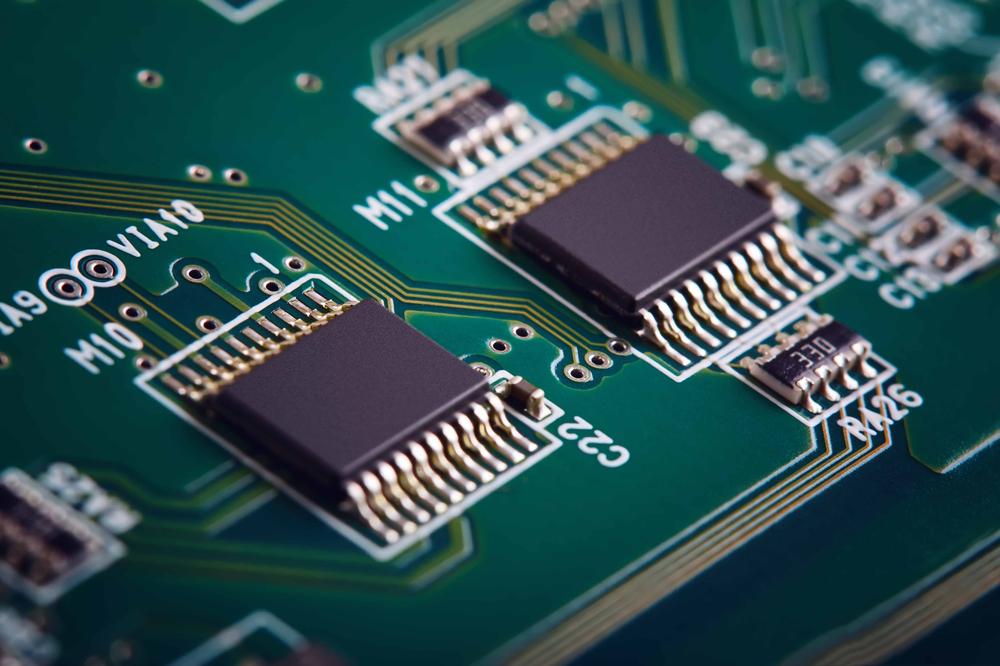
The B2B platform for the best purchasing descision. Identify and compare relevant B2B manufacturers, suppliers and retailers
Close
Filter
Result configuration
Continents
Select continent
Locations
Result types
Company type
Select company type
Industries
Select industry
Company status
Select company status preset
Number of employees
Min.
Max.
Founding year
Looking for more accurate results?
Find the right companies for free by entering your custom query!
25M+ companies
250M+ products
Free to use
Technologies which have been searched by others and may be interesting for you:
An intraocular lens is a medical device implanted in the eye to replace the eye's natural lens when it has been removed during cataract surgery or to correct vision problems. Made from biocompatible materials, these lenses help restore vision clarity and can be designed for various optical needs, including correcting nearsightedness, farsightedness, and astigmatism. The procedure for lens implantation is typically straightforward and can significantly improve the quality of life for individuals with impaired vision. These lenses come in different types, including monofocal, multifocal, and toric lenses, each tailored to meet specific visual requirements and enhance the overall visual experience for the patient.
An intraocular lens (IOL) works by replacing the eye's natural lens, which is typically removed during cataract surgery. Once implanted, the IOL helps to focus light onto the retina, allowing for improved vision. The lens is usually made of flexible plastic or silicone, enabling it to be folded for easy insertion through a small incision. After the IOL is positioned within the eye's capsule, it becomes a permanent part of the eye's structure. The design of the IOL can vary, with some lenses providing single vision correction while others offer multifocal capabilities. This ensures that patients can achieve clear vision at various distances without relying on glasses or contact lenses.
1. Monofocal Lenses
These lenses are designed to provide clear vision at a single distance, typically used for correcting distance vision. Patients may still require glasses for reading or other close-up tasks.
2. Multifocal Lenses
Multifocal lenses offer multiple zones for vision correction, allowing patients to see clearly at varying distances, including near, intermediate, and far. This reduces the need for glasses for many daily activities.
3. Toric Lenses
Specifically designed for patients with astigmatism, toric lenses correct the uneven curvature of the cornea. They can be either monofocal or multifocal, depending on the patient's vision needs.
4. Accommodating Lenses
These lenses mimic the natural focusing ability of the eye, allowing for clear vision at multiple distances. They typically adjust as the eye changes focus, providing a more natural visual experience.
5. Extended Depth of Focus Lenses
These advanced lenses are designed to provide a continuous range of vision, enhancing depth perception and reducing the impact of presbyopia, which affects near vision as people age.
Each type of intraocular lens addresses specific vision needs, allowing patients to choose the best option for their lifestyle and visual requirements.
1. Improved Vision
Intraocular lenses (IOLs) are designed to replace the eye's natural lens, which can become clouded due to cataracts. By implanting an IOL, patients often experience significantly improved vision, allowing for clearer sight at various distances.
2. Reduced Dependence on Glasses
Many types of IOLs, such as multifocal or accommodating lenses, can reduce or even eliminate the need for glasses or contact lenses after cataract surgery. This benefit enhances the quality of life for many individuals by providing greater visual freedom and convenience.
Intraocular lenses (IOLs) are designed for longevity and typically last for many years, often a lifetime. These lenses are made from biocompatible materials, which means they are well-tolerated by the eye and do not degrade significantly over time. Most patients who receive an IOL experience stable vision without the need for replacement. However, in some rare cases, complications or changes in the eye may necessitate further evaluation or intervention. Regular eye check-ups are essential to monitor the health of the eye and the condition of the lens.
Some interesting questions that has been asked about the results you have just received for Intraocular Lens
What are related technologies to Intraocular Lens?
Based on our calculations related technologies to Intraocular Lens are Magnets, Printed Electronics, Industrial Amplifiers, Electronic Transducers, Electronic Oscillators
How does ensun find these Intraocular Lens Manufacturers?
ensun uses an advanced search and ranking system capable of sifting through millions of companies and hundreds of millions of products and services to identify suitable matches. This is achieved by leveraging cutting-edge technologies, including Artificial Intelligence.